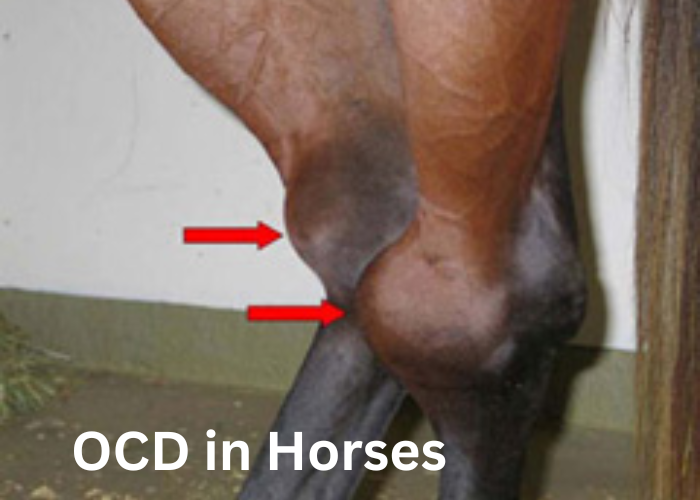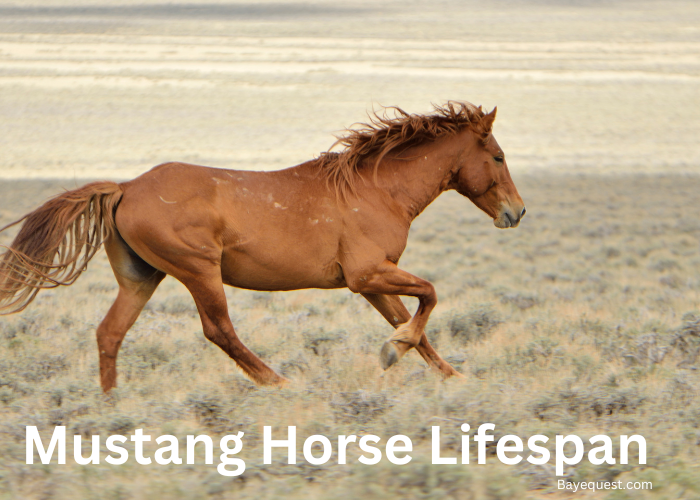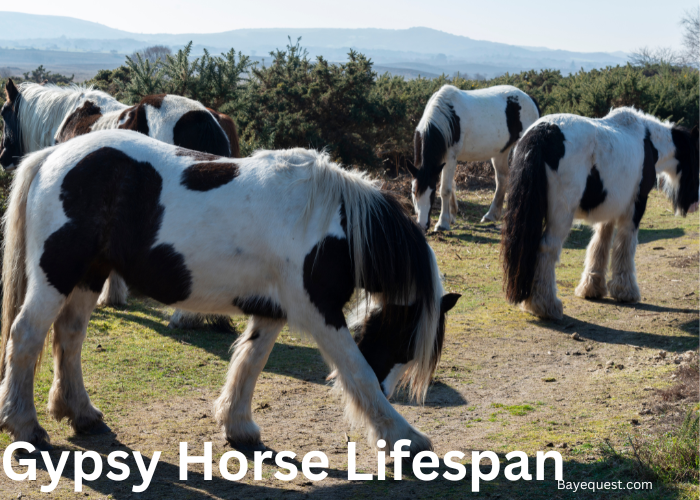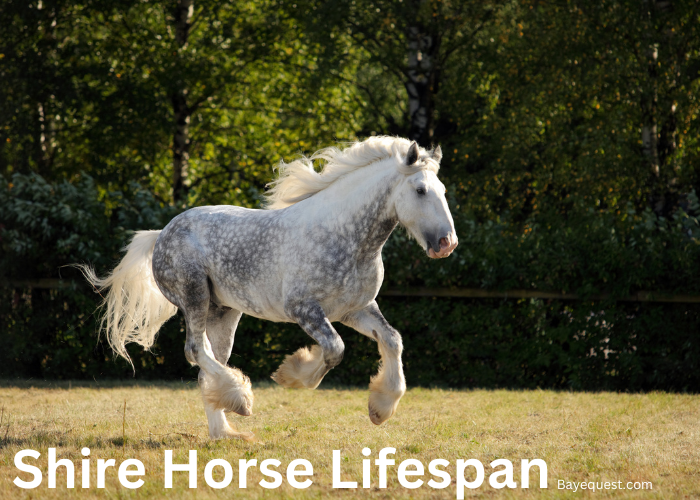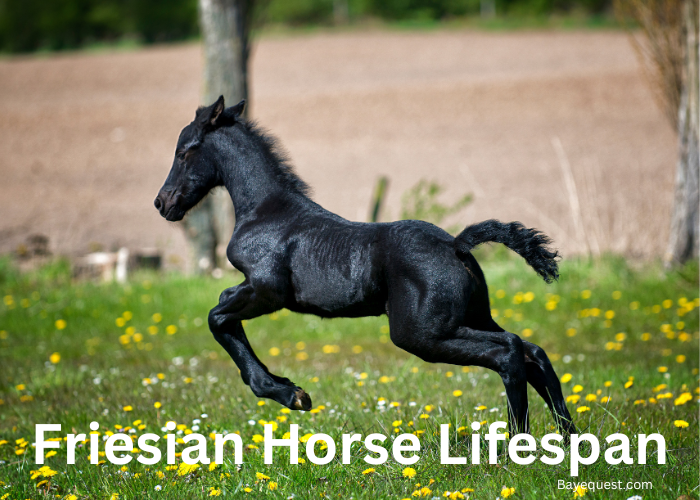OCD in horses is a common joint problem that affects young horses.
It stands for Osteochondritis Dissecans and can cause lameness and discomfort.
Understanding this condition is crucial for horse owners, as early detection and treatment can make a huge difference.
Whether you own a horse for pleasure or performance, knowing the signs and how to manage OCD helps keep your horse healthy.
Let’s dive into what causes OCD, the symptoms to watch for, and the best ways to treat and prevent it.
What is OCD in Horses? Key Takeaway
OCD in horses is a joint disease linked to abnormal cartilage growth. It can lead to conditions like joint swelling, cysts, and bone deformities in young horses. Proper treatment like surgery or joint care, can help manage symptoms and prevent further damage.
What is Osteochondritis Dissecans?
Osteochondritis Dissecans is a developmental orthopedic disease that affects the cartilage and bone in joints.
It occurs when the cartilage, which normally converts to bone as a young horse grows, fails to do so properly.
This results in areas of cartilage remaining soft and vulnerable, creating defects or lesions in the joint.
In some cases, pieces of cartilage or bone may break away, forming loose fragments within the joint space.
These fragments can interfere with normal joint function and cause mechanical issues.
OCD primarily affects large joints, such as the stifle, hock, and fetlock.
The condition is most common in young, fast-growing horses during their early development.
The loose cartilage fragments can become embedded in the joint, leading to long-term complications if left untreated.
The extent of cartilage damage varies, but in severe cases, the affected joint may not heal naturally and require surgical intervention to remove the loose fragments.
Read also: What is Ringbone in Horses?
Effects of OCD on Horses
Osteochondritis Dissecans can have significant effects on a horse’s health and performance, particularly if left untreated.
The most immediate effect is joint pain, which leads to lameness.
This can range from mild to severe, depending on the extent of the cartilage damage.
Over time, the condition can result in joint swelling, stiffness, and decreased range of motion.
Horses with OCD may struggle with physical activities, especially those requiring flexibility and strength, such as jumping or racing.
If not managed properly, OCD can cause long-term joint degeneration and osteoarthritis, which can reduce a horse’s athletic potential.
In severe cases, horses may need to retire from their intended discipline or require ongoing medical treatment.
Early diagnosis and treatment are critical for preventing permanent joint damage, and while some horses recover fully, others may face lifelong joint management issues.
Causes of Osteochondrosis in Horses
Curious about what leads to osteochondrosis in horses? Let’s explore how factors like nutrition, genetics, and exercise play a role.
Excess energy intake
Feeding young horses high-energy diets can speed up their growth.
When this happens, their bones and joints may not grow at the same rate. This can lead to weak cartilage and joint problems.
Diets high in grain are a common cause because they make the body grow too fast, putting extra pressure on developing joints.
This stress increases the risk of osteochondrosis.
Nutritional imbalances
Imbalances in key minerals, like calcium and phosphorus, can also cause osteochondrosis.
Too little calcium or too much phosphorus affects normal bone formation.
Vitamin D deficiencies can prevent the body from absorbing minerals properly, leading to weaker bones.
Balanced nutrition is critical for healthy joint development. Any lack or imbalance in nutrients can weaken joints and raise the risk of osteochondrosis.
Exercise
Too much or too little exercise can be a problem for young horses.
Excessive exercise puts strain on growing joints, which can damage soft cartilage or cause hoof cracks.
On the other hand, too little exercise can weaken joints, making them more prone to injury.
Moderate exercise, under controlled conditions, is the best way to support proper bone and joint growth.
Genetic predisposition
Some horses are more likely to develop osteochondrosis because of their genes.
Even with proper care, horses with a genetic predisposition may still be at higher risk.
Breeding plays a large role, so horses from certain bloodlines are more likely to have joint problems.
This is why careful breeding choices are important to reduce the risk of passing on the condition.
Environmental influences
A horse’s environment can affect its chances of developing osteochondrosis.
Poor-quality footing or lack of space for movement can lead to joint stress.
Horses kept in environments without adequate exercise may have weaker joints.
Environmental stress, combined with other factors like diet and exercise, can increase the risk of joint problems.
Symptoms of Osteochondrosis in Horses
Recognizing the symptoms of osteochondrosis in horses is key to early treatment. Let’s look at the common signs to watch for.
1. Lameness
One of the most common signs of osteochondrosis is lameness. Horses may show difficulty moving, with an uneven or irregular gait.
The lameness may be mild at first but can become more noticeable as the condition worsens.
2. Joint swelling
Swollen joints, especially in areas like the stifle, hock, or fetlock, are common indicators of osteochondrosis.
The swelling may be accompanied by warmth around the affected joint, signaling inflammation.
Read also: Signs of Stifle Injury in Horses.
3. Stiffness
Horses with osteochondrosis may become stiff, particularly after periods of rest.
They may take longer to loosen up or may have trouble bending or extending their joints properly.
4. Reduced range of motion
Affected horses may struggle with tasks that require flexibility, like turning, jumping, or bending.
They may appear reluctant to perform movements that once came easily to them.
5. Reluctance to move
In severe cases, horses may become reluctant to move altogether, avoiding activities that put stress on the affected joints.
They may refuse to trot, canter, or engage in physical activities like jumping.
6. Delayed detection
Because symptoms can sometimes be mild or appear gradually, osteochondrosis may go unnoticed in the early stages.
In young horses, these signs can sometimes be mistaken for normal growth pains or minor injuries.
How to Diagnose OCD in Horses
Ways of diagnosing OCD include:
Radiography (X-rays)
Radiography is one of the most common methods for diagnosing OCD in horses.
It allows veterinarians to capture images of the horse’s joints and bones.
X-rays can reveal the presence of cartilage lesions, bone fragments, or irregularities in joint development.
It’s the first step in diagnosing OCD because it provides clear images of the affected areas.
Arthroscopy
Arthroscopy is a minimally invasive surgical procedure used to diagnose and treat OCD.
A small camera, known as an arthroscope, is inserted into the joint through a small incision.
This allows the veterinarian to visualize the inside of the joint and assess the extent of damage.
Arthroscopy is accurate because it provides a detailed view of the cartilage and joint surfaces.
It can also be used to remove loose cartilage or bone fragments during the procedure.
Ultrasound
Ultrasound is another imaging tool used to diagnose OCD, particularly for assessing soft tissues around the joint.
It helps visualize the cartilage, tendons, and ligaments, which may not be as easily seen on X-rays.
Ultrasound is non-invasive and can be useful for evaluating fluid buildup or inflammation in the joint.
Biomarkers
Biomarkers are measurable substances found in blood, synovial fluid, or other tissues that indicate disease.
In the case of OCD, certain biomarkers can reveal abnormal cartilage turnover or joint damage before symptoms become evident.
Biomarkers are still being researched as a diagnostic tool, but they hold promise for early detection.
Treatment and Management
Treating and managing OCD in horses involves a combination of approaches, from conservative care to surgery.
Let’s explore the best options for helping your horse recover and maintain joint health.
Conservative management
In mild cases of OCD, conservative treatment may be effective.
This involves rest, reducing exercise to prevent further joint stress, and providing a well-balanced diet.
Nutritional supplements like glucosamine, chondroitin sulfate, and omega-3 fatty acids can also be used.
Controlled exercise may be gradually reintroduced as the horse improves.
The key is to avoid overloading the affected joints during recovery.
Surgical treatment
For more severe cases, surgery is often necessary to remove loose cartilage or bone fragments.
Arthroscopy is the most common surgical method used to treat OCD in horses.
It allows veterinarians to directly access the joint, clean out the damaged tissue, and smooth the affected areas.
This minimally invasive procedure results in less tissue damage and a quicker recovery time.
Surgery has a high success rate when performed early, and many horses can return to their previous level of activity.
Post-surgical care
After surgery, horses require a structured rehabilitation program.
This includes strict rest followed by a controlled exercise routine to ensure proper healing.
Anti-inflammatory medications may be prescribed to manage pain and reduce inflammation.
Long-term joint management
Horses with OCD, even after successful treatment, may need ongoing management to maintain joint health.
This can include regular joint supplements, careful monitoring of exercise intensity, and ensuring the horse’s diet supports bone and joint health.
In some cases, long-term use of anti-inflammatory drugs may be necessary to control pain and inflammation.
Conclusion
OCD in horses can be serious, but early treatment makes a big difference.
Knowing the causes, symptoms, and treatments helps keep your horse healthy.
Whether surgery or careful management is needed, acting quickly is key.
Regular vet check-ups, good nutrition, and balanced exercise are important. These steps help prevent OCD and keep your horse strong.
With the right care, your horse can recover and continue to perform well.
Staying informed and proactive ensures your horse has the best chance for a healthy and active life.




